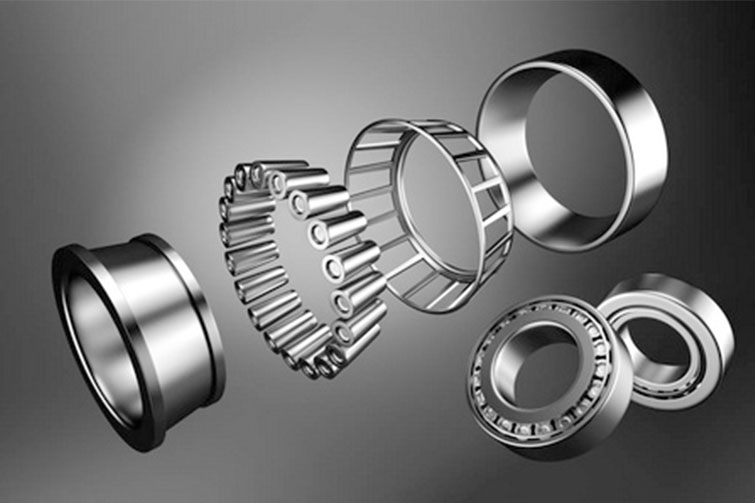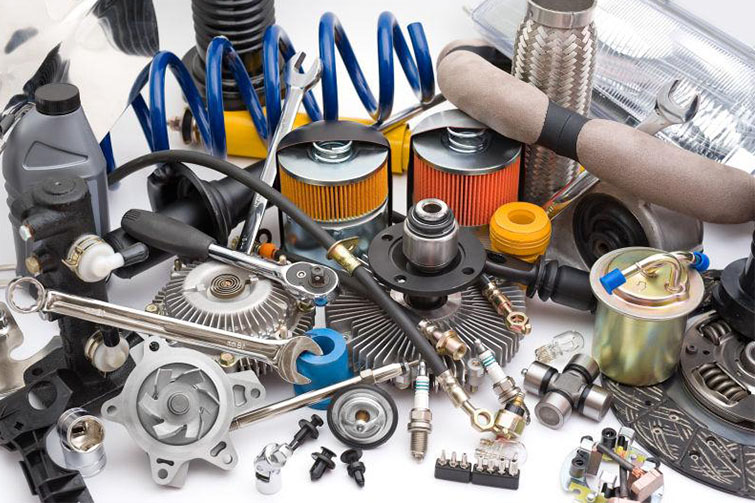Quality of Chinese Automotive Parts: An In-depth Analysis
The global automotive industry relies heavily on a complex supply chain that includes components from numerous countries. Among these, China has emerged as a significant player, providing a vast array of automotive parts. As with any major manufacturing hub, the quality of these parts can vary widely. This analysis delves into the quality of Chinese automotive parts, exploring their advantages, challenges, and factors that influence their reliability.
1. The Landscape of Chinese Automotive Parts
China is one of the largest producers of automotive components in the world, supplying parts to numerous original equipment manufacturers (OEMs) and aftermarket suppliers. The industry benefits from:
- Large-Scale Manufacturing Capabilities: China’s robust infrastructure and vast manufacturing capacity allow for mass production of parts, often at lower costs.
- Advanced Technology and Machinery: Many Chinese manufacturers have invested heavily in modern technology and equipment, enabling the production of high-precision and high-quality parts.
- Diverse Range of Products: From basic components like brake pads and filters to complex systems like engines and electronic control units (ECUs), Chinese manufacturers produce a wide variety of automotive parts.
2. Factors Influencing the Quality of Chinese Automotive Parts
The quality of automotive parts produced in China can be influenced by several factors:
Manufacturing Standards: Companies that adhere to international standards like ISO/TS 16949 (now IATF 16949) tend to produce higher quality parts. This certification is a quality management system standard specifically for the automotive sector.
Raw Material Quality: The quality of raw materials used in production significantly affects the durability and performance of the parts. Manufacturers sourcing high-quality materials are more likely to produce reliable components.
Technological Investment: Factories equipped with state-of-the-art machinery and technology can achieve greater precision and consistency in their products.
Quality Control Processes: Rigorous testing and quality control measures during production can ensure that only defect-free parts are delivered. This includes inspections, testing for durability, and performance evaluations.
Supplier Reputation and Track Record: Established suppliers with a long history of supplying to major automotive brands are generally more reliable. They often have the experience and infrastructure to meet stringent quality requirements.
3. Categories of Chinese Automotive Parts
Chinese automotive parts can be broadly categorized into two segments: OEM parts and aftermarket parts.
OEM Parts (Original Equipment Manufacturer)
OEM parts are produced either by the vehicle manufacturer or by a third-party manufacturer to the exact specifications of the original part.
- High-Quality Production: Many Chinese companies produce OEM parts for major global brands. These parts typically meet or exceed the quality of the original components used in the vehicle.
- Strict Compliance: OEM parts manufacturers often follow strict guidelines and quality controls imposed by the automakers, ensuring reliability and performance.
Aftermarket Parts
Aftermarket parts are not made by the original vehicle manufacturer but are designed to fit and function like the original parts.
- Variable Quality: The quality of aftermarket parts can range from high-quality equivalents to cheaper, lower-quality alternatives. It depends on the manufacturer's focus on quality versus cost.
- Cost-Effective Options: Chinese aftermarket parts are popular for being cost-effective, providing affordable alternatives to OEM parts.
4. Common Perceptions and Misconceptions
The quality of Chinese automotive parts has been a subject of much debate, with perceptions varying widely:
- Concerns About Consistency: One of the common concerns is the consistency in quality. While many Chinese manufacturers produce high-quality parts, others may cut corners to reduce costs, leading to inconsistent quality.
- Brand Reputation: Established Chinese brands that supply to international markets often maintain high standards. However, lesser-known brands might not have the same level of quality assurance.
- Counterfeit Parts: The market has seen issues with counterfeit parts that mimic reputable brands but do not meet the same quality standards. This problem is not unique to China but is significant in the global market.
5. Advantages of Chinese Automotive Parts
Despite the concerns, there are several advantages to sourcing automotive parts from China:
- Cost Efficiency: Chinese parts are often less expensive than those from other countries due to lower labor costs and economies of scale.
- Wide Availability: The extensive manufacturing base in China ensures that a wide variety of parts are available, often with short lead times.
- Innovation and Adaptability: Many Chinese manufacturers are quick to adopt new technologies and can be highly adaptable to changing market demands.
6. Challenges and Considerations
While there are benefits, there are also challenges when dealing with Chinese automotive parts:
- Quality Assurance: Ensuring consistent quality can be challenging. Buyers need to work with reputable suppliers and often perform their own quality checks.
- Intellectual Property Issues: There have been cases of intellectual property violations, which can affect the reliability and legality of the parts.
- Cultural and Communication Barriers: Differences in business practices and language can sometimes lead to misunderstandings and quality issues.
7. How to Ensure Quality When Sourcing Chinese Automotive Parts
For businesses and consumers looking to source automotive parts from China, here are some tips to ensure quality:
- Choose Reputable Suppliers: Work with well-established suppliers who have a proven track record of quality and reliability.
- Check Certifications: Look for manufacturers with international certifications like IATF 16949, which indicate adherence to high-quality standards.
- Request Samples and Testing: Always request samples and conduct thorough testing before committing to large orders.
- Visit Factories: If possible, visit the manufacturing facilities to inspect their processes and quality control measures firsthand.
- Use Third-Party Inspections: Employ third-party inspection services to verify the quality of the parts before shipment.
8. Conclusion
The quality of Chinese automotive parts varies widely, from high-quality OEM components to more variable aftermarket offerings. While there are concerns about consistency and counterfeit products, many Chinese manufacturers produce parts that meet or exceed international quality standards. By carefully selecting suppliers, verifying certifications, and conducting thorough quality checks, businesses and consumers can effectively source reliable and cost-effective automotive parts from China.




